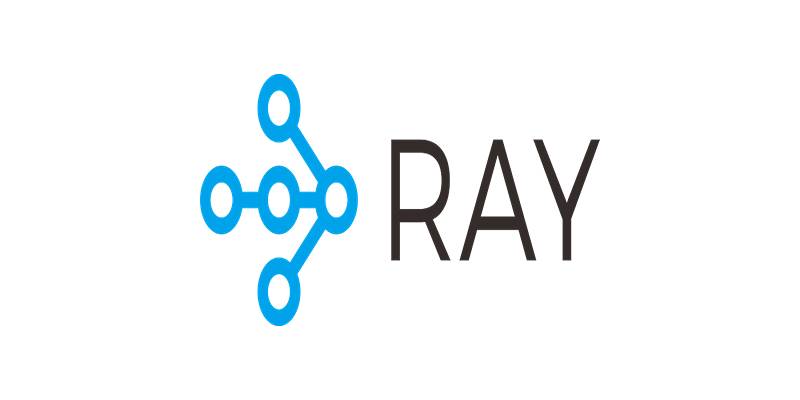In the fast-paced world of e-commerce, advertisers are constantly searching for ways to make their ad spend work harder. Amazon, being a giant in online retail, offers immense potential, but with the sheer volume of sellers and competition, standing out can be a challenge. That’s where Artificial Intelligence (AI) steps in, providing a smarter, data-driven approach to Amazon Ads.
By leveraging AI, businesses can target the right audience, optimize bids, and create content that converts. In this article, we’ll dive into how AI is revolutionizing Amazon Ads and helping brands maximize their ROI like never before.
The Power of AI in Amazon Ads
AI has revolutionized the way Amazon Ads work, offering advertisers a powerful tool to navigate the platform's vast and complex landscape. With millions of products, keywords, and audience segments to manage, optimizing ads manually is daunting. AI streamlines this process by analyzing large volumes of data and identifying patterns that can lead to more effective ad strategies.
One of the most important advantages of AI in Amazon Ads is that it can maximize audience targeting. Conventional advertising techniques use broad demographic information, but AI goes the extra mile by studying users' behavior, purchase history, and browsing patterns. This enables AI to determine customers who are not only interested in similar items but are most likely to buy so your ads reach the most targeted audience.
AI also plays a central part in refining bidding strategy. Rather than placing bids by hand, AI shifts them in real time depending on their probability of conversion. That means you do not overspend on non-converting keywords yet raise bids on high-conversion ones. You get an optimally effective campaign that lessens wasteful expenditures and boosts ROI. With AI, advertisers can concentrate on expanding their business with the confidence that their ad strategy is being optimized to its best potential.
Advanced Keyword Research and Optimization
One of the most critical components of any advertising campaign is keyword selection. On Amazon, where users are actively searching for products to purchase, choosing the right keywords can make or break an ad campaign. While many advertisers rely on manual keyword research, AI can streamline this process, offering a more comprehensive approach.

AI tools can analyze customer searches, trends, and competitor activity to identify the best keywords for your ads. Instead of using broad, generic terms, AI can uncover long-tail keywords and niche search phrases that may not be immediately obvious but can drive highly targeted traffic. This precision ensures that your ads are reaching the right audience, increasing the likelihood of a sale.
Moreover, AI continuously monitors keyword performance and makes adjustments in real time. If a keyword is underperforming, AI can automatically suggest alternatives or adjust the bidding strategy to ensure that the campaign remains on track. This ongoing optimization helps to improve the overall efficiency of the ad campaign and ensures that you are always targeting the most relevant search terms.
AI-Driven Ad Creative and Content Optimization
Another way AI maximizes ROI in Amazon Ads is through ad creative optimization. While most advertisers focus on the technical aspects of targeting and bidding, the content of the ad itself plays a significant role in driving conversions. AI can help optimize ad copy, images, and video content to ensure they resonate with the target audience.
AI can analyze past customer interactions with similar products and determine which types of content are most effective in encouraging conversions. For instance, it can identify the specific phrases or images that have the highest engagement rates, allowing advertisers to craft more appealing ads. This process not only saves time but also improves the overall quality of the advertising material.
Additionally, AI can assist in A/B testing by automatically running multiple versions of an ad and analyzing which performs best. Rather than relying on manual adjustments or waiting for feedback, AI can quickly pinpoint the most effective creative elements and apply these insights to future campaigns. This iterative approach to content optimization leads to higher conversion rates and, as a result, a greater ROI.
Real-Time Performance Monitoring and Adjustment
One of the most significant advantages of using AI in Amazon Ads is its ability to monitor campaign performance in real-time and make instant adjustments. Traditional advertising methods require manual intervention, where campaign managers review data, analyze trends, and adjust bids or targeting parameters. This process is time-consuming and often results in missed opportunities.

With AI, advertisers can benefit from continuous, 24/7 performance monitoring. The AI algorithms track various metrics, such as click-through rates, conversion rates, and cost-per-click, and automatically adjust campaigns to maximize their performance. For instance, if a particular ad is performing well in a specific demographic, the AI system can allocate more budget to that segment, ensuring that resources are being spent efficiently.
Furthermore, AI can predict a campaign's future performance based on historical data and current trends. By leveraging predictive analytics, AI can help advertisers make proactive decisions about their budget allocation, bid adjustments, and targeting strategies, ensuring that campaigns remain optimized throughout their duration and consistently aligned with evolving audience behavior and market dynamics.
Conclusion
AI has revolutionized the landscape of Amazon advertising, offering businesses the tools and insights needed to optimize their ad campaigns effectively. From smarter audience targeting and keyword optimization to dynamic bidding strategies and ad content creation, AI provides a comprehensive approach to maximizing ROI. By integrating AI into your advertising strategy, you can ensure that your ads are reaching the right audience, performing at their best, and delivering substantial returns on your investment. As Amazon continues to grow, AI-powered tools will remain a vital resource for advertisers looking to stay ahead of the curve and make the most of their advertising spend.











